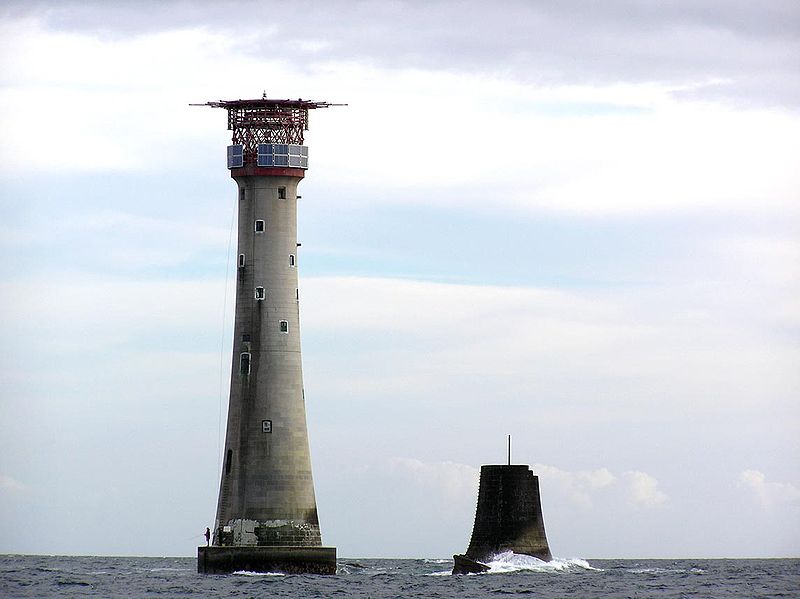
A very interesting and inspiring day at the South West Regional Amnesty International Conference today in Exeter. A full programme of talks and workshops on various aspects of human rights. As ever, there is absolutely nothing better than hearing of the experiences of people on the front line and, today, Aida Baijumanova from Kyrgystan told us of the trials and tribulations of living in this so-called parliamentary democracy in eastern Asia. Some people are extremely brave when they stand up for the rights of others, especially when they have so much to lose, including their livelihoods and, possibly, their lives. We face nothing like that in the UK and that makes it all the more important to support them in what they do. When asked whether or not our letter writing activities made any difference, her answer was an unequivocal "yes". Yes, those being harassed value the fact that their plight is not unknown or unsupported. Yes, the authorities take heed of the letters of complaint they get as knowledge of their crimes could adversely affect the flow of funds into their country.
Another key speaker was Steve Symonds talking passionately about various aspects of the current refugee crisis. The bottom line for the UK? We could and should do more. And with his words echoing in our ears, we headed off to the Cathedral Green to demonstrate in support of refugees outside of the cathedral. I'm there at the back obscured by a placard. A very orderly British style protest but we managed to attract a lot of attention and raise awareness of the issue. A very satisfying day and a renewal of commitment to the cause of human rights.
























































